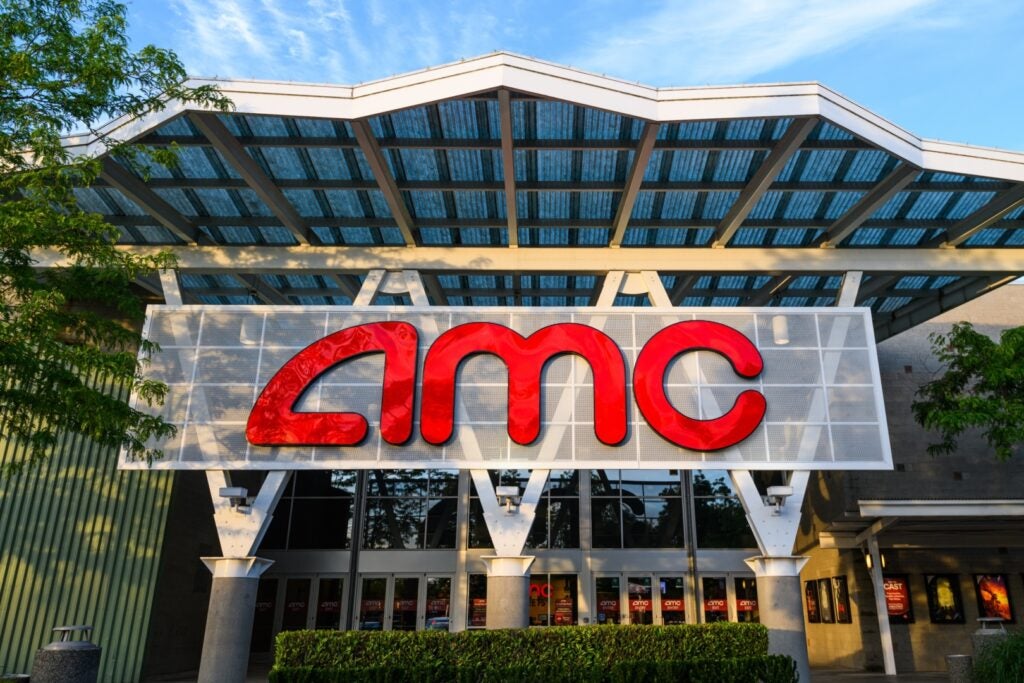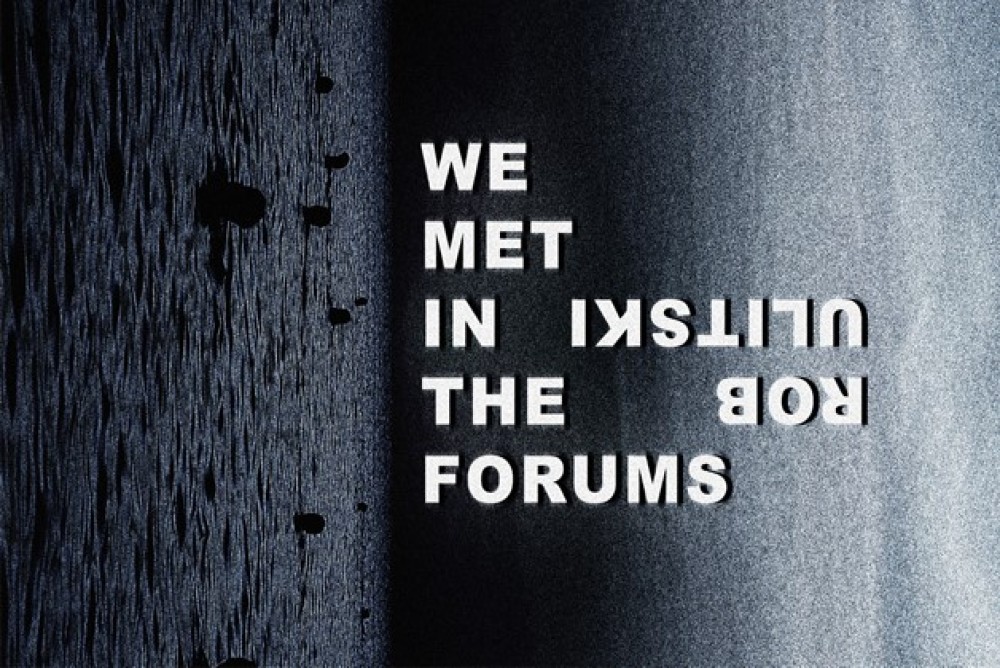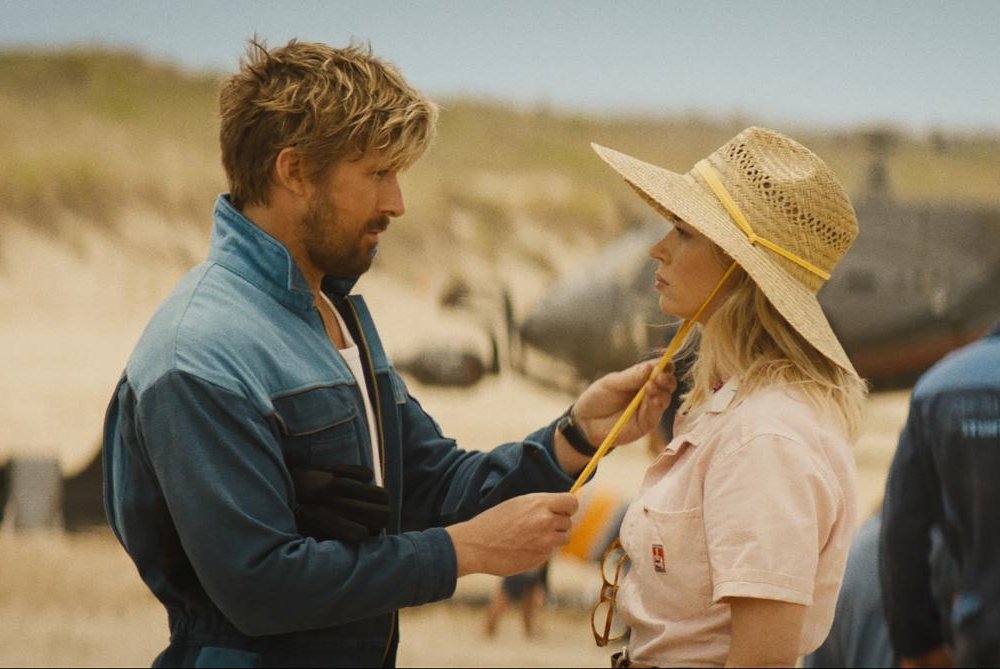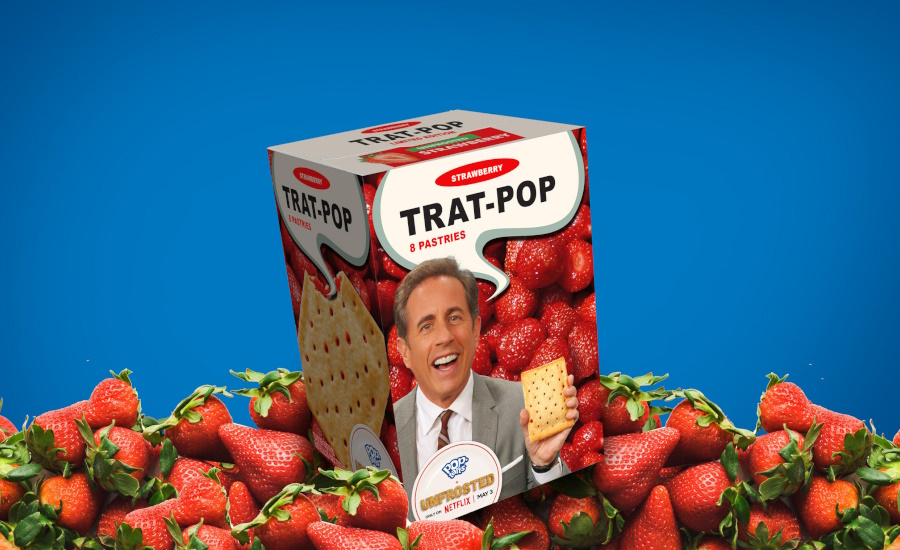Nature’s call inherited a new financial meaning last week when Rifle City Council unanimously approved adding a permanent outdoor toilet at its Grand Hogback Trail System.
During the Dec. 7 City Council meeting, council member Clint Hostettler moved to approve the $32,192 purchase offer from UBC Precast for a toilet at the Grand Hogback trailhead.
The Grand Hogback Trailhead is home to an ongoing recreational project that, when finished, will establish 18 miles of singletrack mountain bike trails about nine miles north of Rifle. In August, the city approved allocating $265,006 to build out an additional 8.31 miles of trails.
Included with the plan is to build an outdoor, on-site pit toilet to be overseen by the Bureau of Land Management. The entire purchase of the toilet itself, however, actually comes at minimal cost to the city, numbers show.
Rifle Planning Director Patrick Waller said $30,000 of the $32,192 purchase is covered by a $160,000 non-motorized grant the city received from Colorado Parks and Wildlife. The remaining $2,192 is being covered by the city’s Conservation Trust Fund, which is estimated to have a year-end fund balance of about $195,000.
Rife’s Conservation Trust Fund is supported by the Colorado Department of Local Affairs. The entity distributes money from state lottery revenues to counties, municipalities and special districts to provide parks and recreation opportunities in their service plans, the agency’s website states.
Waller said, in addition to UBC Precast’s bid, the BLM reached out earlier this year to two other toilet suppliers. But the suppliers offered toilet installation quotes of $34,000 and $35,000, respectively.
Installing a pit toilet may come as a sticker shock, but according to Idaho-based UBC Precast, these pit toilets are built to withstand the test of time and geological punishment.
“They put them in pretty remote places,” Waller said. “I think it will last.”
The pit toilet model to be installed at Grand Hogback is called Aspen 60. A UBC document states that Aspen 60 is designed for the most extreme conditions for wind, snow and seismic activities.
The structure itself — a vault— is installed with UBC’s standard concrete mix that reaches more than 500 psi. The structure is also built with heavy gauge steel doors and windows.
City documents also state that two, three-roll toilet paper dispensers will be added to the vault structure.
This content was originally published here.









